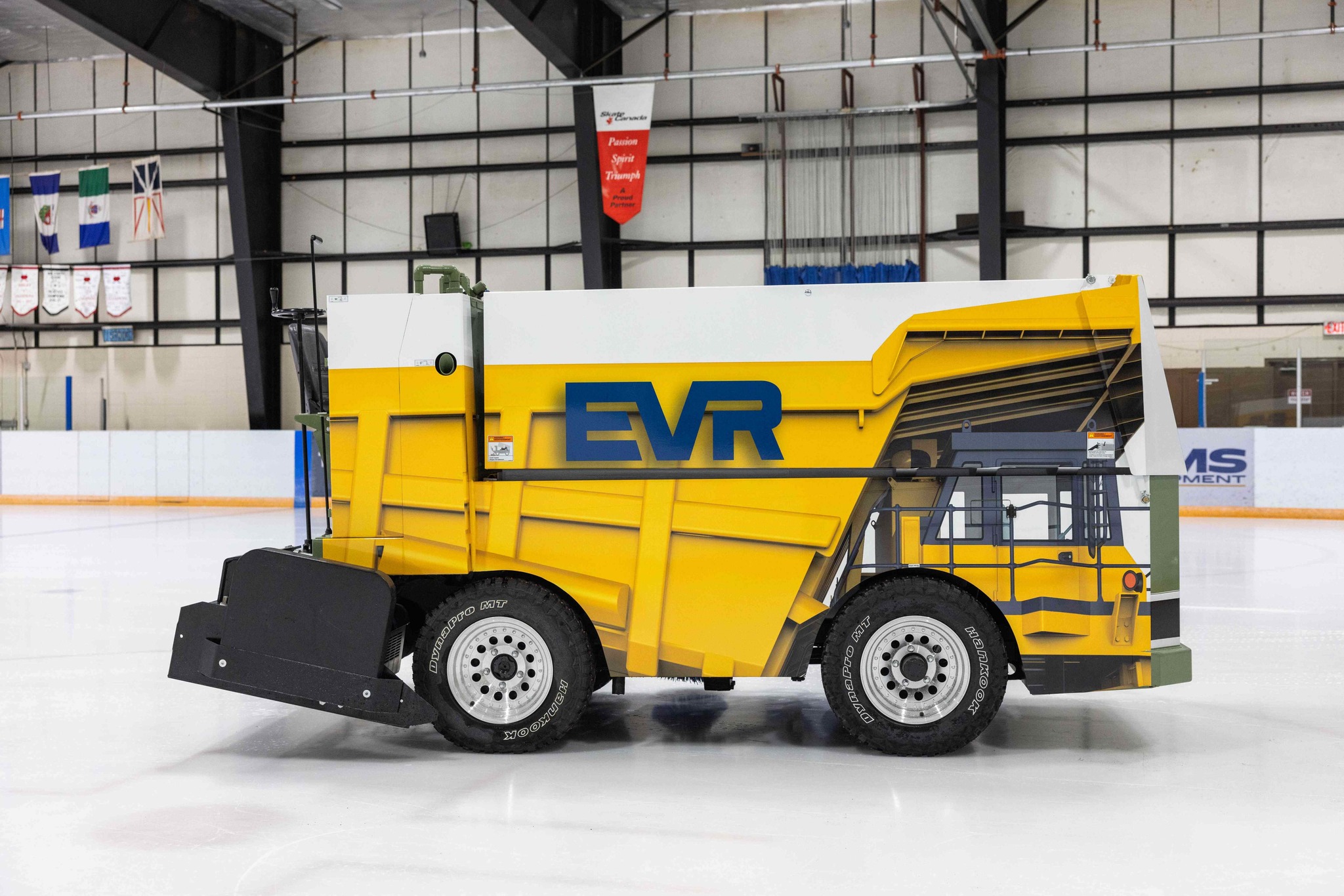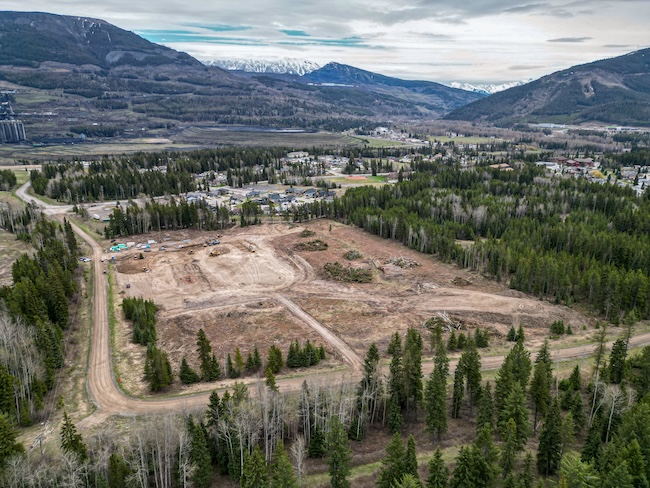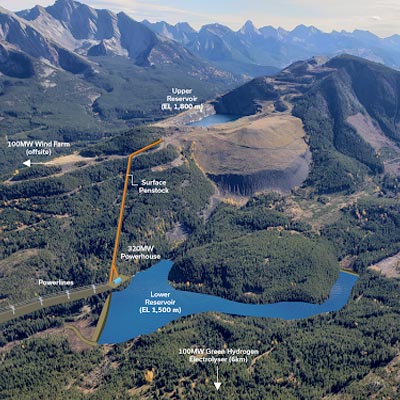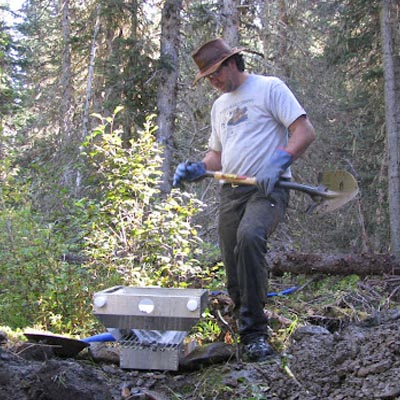Seabridge Gold’s KSM Project
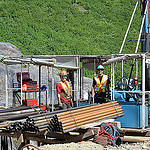
Seabridge Gold received early construction permits in 2014 for its KSM project near Stewart, B.C. — photo courtesy of Seabridge Gold Seabridge Gold
Seabridge Gold received early construction permits in 2014 for its KSM project near Stewart, B.C. — photo courtesy of Seabridge Gold
Seabridge Gold has received early construction permits and provincial and federal environmental assessments for one of the world’s largest known gold reserves.
Rudi Fronk, chairman and CEO of Seabridge Gold, said the KSM Project is one of the world’s largest undeveloped gold projects, with proven and probable reserves totalling 38.2 million ounces of gold and 9.9 billion pounds of copper. Once the project is up and running it will have a daily throughput of 130,000 tonnes per day. The site is located near Stewart, B.C.
“It is a major undertaking,” said Fronk. “It will take four or five years to build and once running will produce gold, copper and silver for more than 50 years.”
The construction permits grant Seabridge Gold authority to construct and use roadways along Coulter Creek and Treaty Creek; rights-of-way for the proposed Mitchell-Treaty tunnels connecting project facilities; permits for constructing and operating numerous camps required to support constructions activities; and permits authorizing early-stage construction activities at the mine site and tailings management facility.
Securing land tenure for the proposed Mitchell–Treaty tunnels is an especially important milestone for the project, as it awards to KSM the rights to a corridor connecting the project’s two main areas: the mine site and the tailings management facility.
The property is divided, with four deposits totalling 2.1 billion tonnes of reserves located to the west. These will be mined sequentially, said Fronk.
“The Mitchell deposit, with 1.4 million tonnes of reserves, will be mined for the first 25 years as an open pit mine and then taken underground as a block cave,” he said. “The Sulpherets deposit will be mined exclusively as an open pit mine. Kerr will be mined as an open pit mine, and the fourth, called Iron Cap, will be mined exclusively as a block cave.”
The four deposits that comprise KSM will be accessed by a new road that will drive south from the Eskay Creek Mine Road that was used by Barrick Gold when Eskay Creek was in operation. This road now services the Forrest Kerr Hydro Project, which feeds the Northwest Transmission Line.
“The Eskay Creek Road extension will cross the Unuk River and provide access for the large equipment that will be used at KSM,” said Fronk.
The tailings management facility and the milling operation will be located on the project’s east side. Access will be off of Highway 37 via a new 25-kilometre road.
The two sides are connected by a twin tunnel system. Each tunnel in the parallel set runs in two legs—16 and 7 kilometres—and one runs to convey ore from the mine to the mill, while the other will be accessible from Highway 37.
“Most of the tunnel system is nearly 1000 metres underground measured from the top of the mountain, but there is a point where they daylight across the valley before going back underground,” said Fronk. “The tunnel headings are approximately five by seven metres—enough to drive a tractor trailer through to the mine site to bring supplies. The second tunnel will have a conveyor that will transport crushed ore from the mine side to the mill.”
The tailings facility is designed to hold 2.6 billion tonnes of tailings. Estimates project 2.2 billion tonnes of reserves that will be processed in the mill.
“We looked at 15 sites for the tailings management facility and this was the best in terms of environmental considerations, water management, geotechnical aspects and size,” said Fronk. “It is basically a valley with a mountain on either side, with dams that will be constructed on either end, and the design includes the ability to discharge excess water after treatment.”
“We are forecasting that during construction the project will create 1,800 direct jobs and 5,000 indirect jobs,” said Fronk. “During its 50-plus-year mine life, it will create 1,000 jobs at the site.”
Seabridge’s biggest challenge at the moment is finding a partner to do the deal with on terms that make sense for both companies.
“There are fewer than 10 companies in the world with the technical and financial resources to develop a project of this magnitude,” said Fronk. “The universe of potential partners is small. On the gold side, there are three who have built projects of this scale and they are experiencing difficult times right now in this market.”
While in search of a joint venture with an equity piece, Seabridge continues to move forward The deposit’s high copper grade has piqued the interest of big base metal companies, prompting dialogue between Seabridge and interested parties.
“We continue to advance and de-risk the project,” said Fronk. “In addition to the construction permits, we received the provincial EA in July.”
KSM also received its federal environmental assessment approval in December.
The company has also secured an impact benefit statement with the Nisga’a Nation, the only Treaty Nation affected by the project, and is in dialogue with the other First Nations who have indicated support with letters of endorsement.
“We are confident that the de-risking we have achieved through the environmental assessment process, plus our ability to satisfy the concerns of Treaty and First Nations, will result in a successful joint venture,” said Fronk. “Canada is one of the best and safest mining jurisdictions in the world.”
